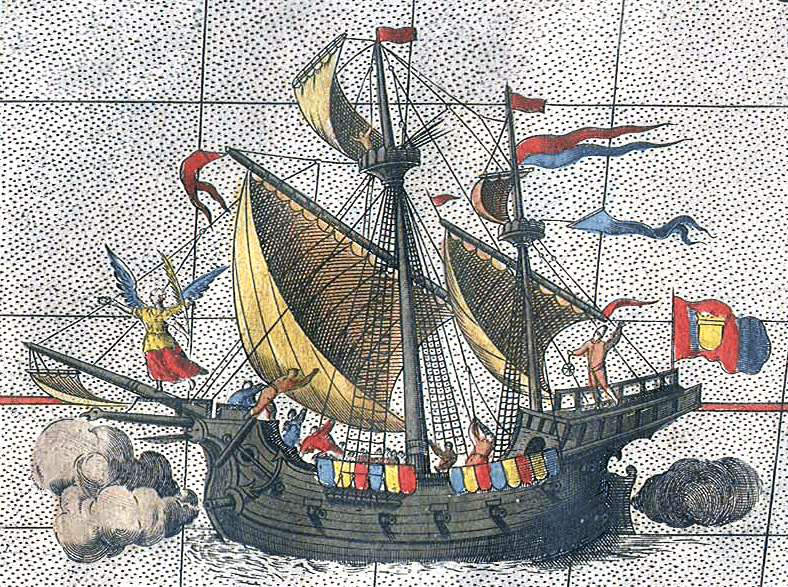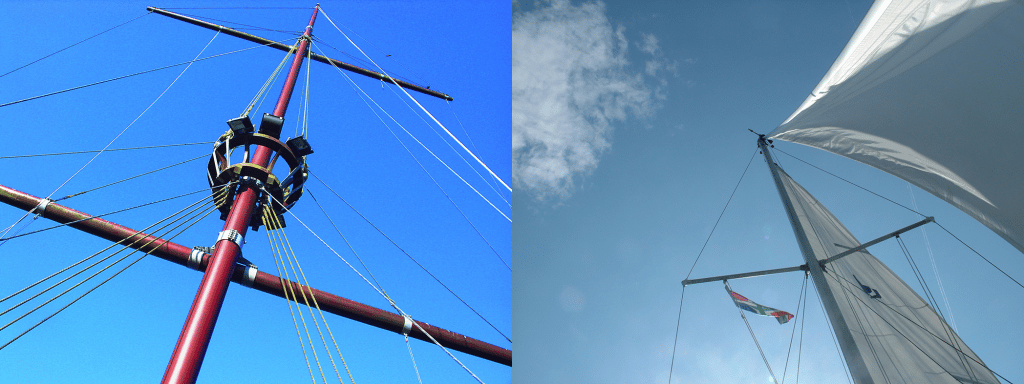While the earliest boats date back approximately 10,000 years, they were simple vessels made from tying logs together or hollowing them out. The first real ships are believed to have been created by the Ancient Egyptians, starting around 4000 BC and gradually developing into more complex vessels. They began as riverboats, with a mast and sails, and grew into ships that could cover oceans.
From the 2nd century onwards, the Chinese were making advances in their shipbuilding, with the creation of stern mounted rudders and watertight compartments. During this era, many countries saw the necessity of having a large fleet of ships for trade and battle. The development of the compass in this period also made navigation far easier than it had previously been.

Steamships were developed in the 19th century and used a combination of wind power and steam. The major innovation here was the use of a screw propeller which was more efficient and less likely to be damaged than a paddle wheel. The century also saw the growth of large vessels, constructed from iron and able to travel the ocean.
The 20th century saw a switch to diesel, with oil replacing the steam used the century before. The size of ships also increased, with cargo ships and supertankers able to transport huge metal containers of goods and oil. Cruise liners also became popular as a way to holiday, often in luxury, as guests travel between various locations living aboard the cruise ship.

